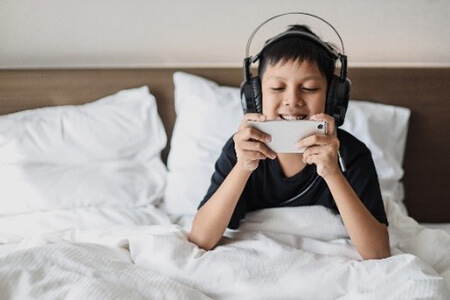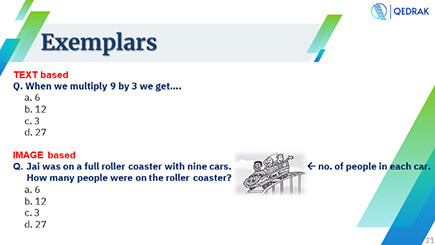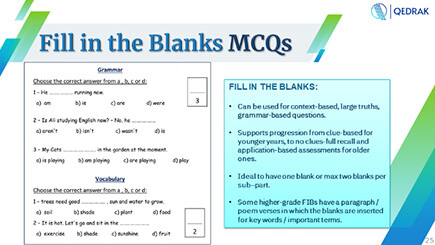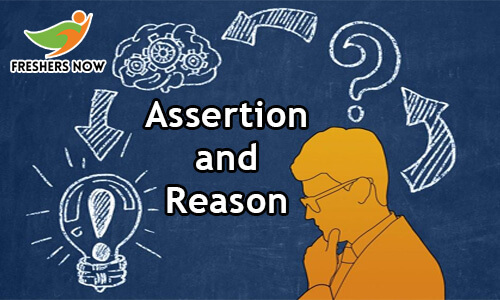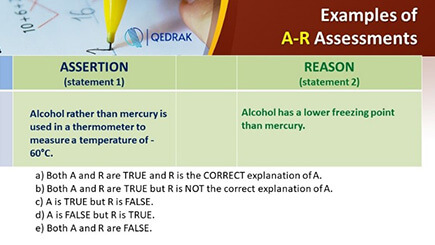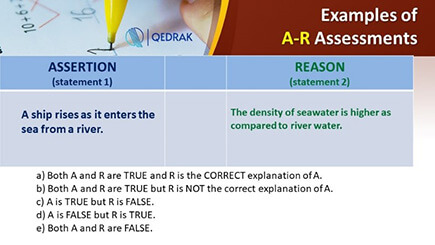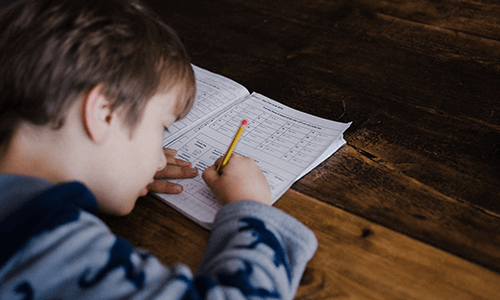Exams are a pivotal part of the educational journey in India, often serving not just as a benchmark of a student’s knowledge, but also as a source of significant stress for both students and parents. It gets worse when we are dealing with Board Exams (across any Board Affiliation) that are destiny determiners for access to higher education!
However, a re-evaluation of how we approach exams can foster a healthier mindset and better outcomes. This article aims to provide insights for school educators/mentors, parents and students, into what not to do, how to handle exam stress, and how to cope for when things don’t go as planned.
What Not to Do

- Avoid Last-Minute Cramming: The temptation to study late into the night before an exam is a common pitfall. This often leads to superficial understanding and heightened anxiety. Instead, focus on consistent studying well in advance.
- Do Not Compare with Peers: It’s easy to fall into the trap of comparing your progress with that of friends or classmates. Statements like – “तूने ये चैप्टर अभी तक नहीं पढ़ा? है, अब तू क्या करेगा? मैने तो कर लिया !” ….are just the kinds that get an examinee to feel down! Every student has their own pace of learning. Competitive comparisons can lead to unnecessary pressure.
 Avoid Ignoring Health: Neglecting physical and mental health can severely impact exam performance. Skipping meals, staying awake all night cramming for a paper the next day, or ignoring exercise can decrease concentration, memory retention and even cause brain fog! Taking care of your body is crucial for peak performance.
Avoid Ignoring Health: Neglecting physical and mental health can severely impact exam performance. Skipping meals, staying awake all night cramming for a paper the next day, or ignoring exercise can decrease concentration, memory retention and even cause brain fog! Taking care of your body is crucial for peak performance.- Do Not Dwell on Mistakes: After an exam, dwelling on what went wrong instead of learning from it can deter improvement. It’s essential to accept that mistakes are part of the learning process. To know how to cope with negative emotions, read the section – Coping with a Not-So-Good Attempt.
- Do Not Give Up! The temptation to just give up and not attempt an exam – either because the syllabus coverage appeared too overwhelming OR because you realise that you have paucity of time to do justice to revision OR for whatever other reason you may come up with; DO NOT give up on the exam attempt. This is where you MUST tell yourself that every effort, every attempt is part of the journey and it will come with its own precious learning (even if the outcome isn’t favourable). You must tell yourself – I CAN, I WILL to the BEST of my ABILITY.
Handling Exam Stress
- Develop a Study Plan: Organize your study schedule well in advance. Break your syllabus into manageable chunks, allocate time for each subject, and include regular breaks. This structured approach can help reduce last-minute pressure.
- Seek Help When Needed: If you find yourself struggling with certain subjects, don’t hesitate to seek help from teachers, parents or tutors. They can provide clarity, a way ahead and make learning more enjoyable.
 Practice Mindfulness and Relaxation Techniques: Techniques such as deep-breathing, meditation, and yoga can be incredibly beneficial for reducing anxiety. Schedule short mindfulness sessions into your daily routine, especially during the exam period.
Practice Mindfulness and Relaxation Techniques: Techniques such as deep-breathing, meditation, and yoga can be incredibly beneficial for reducing anxiety. Schedule short mindfulness sessions into your daily routine, especially during the exam period.- Stay Positive: A positive mindset can be a powerful ally. Surround yourself with supportive people who encourage and uplift you. Affirmations and motivational quotes can help reinforce a can-do attitude.
Coping with a Not-So-Good Attempt
- Reflection and Re-evaluation: After receiving your results, take time to analyze what went wrong. This could involve reviewing your study methods, time management, or exam techniques. Understanding your weaknesses is the first step toward improvement.
- Focus on the Future: A single exam does not define your future. Set new goals for the next paper, term or exam and formulate a strategy to achieve better results. Concentrate on incremental progress rather than perfection. Of course, if you are attempting the Board exam – then just pray and give your best in the next paper, keeping in mind the tendency for slip ups, flaws.
 Connect with Peers: Sharing your experiences with friends or peers who faced similar challenges can provide comfort and perspective. Learning from each other’s experiences can be a source of motivation.
Connect with Peers: Sharing your experiences with friends or peers who faced similar challenges can provide comfort and perspective. Learning from each other’s experiences can be a source of motivation.- Engage in Extracurricular Activities: Participate in activities you enjoy outside of academics. Whether it’s sports, music, or arts, these pursuits can help relieve stress and build a well-rounded character. They also help to take the mind away from dwelling on negative emotions.
- Seek Professional Guidance: If the feelings of disappointment become overwhelming, consider speaking with a professional – a counsellor or psychologist. They can offer strategies for coping with emotions and provide a safe space to express your feelings. A mutli-pronged approach should be adopted to handle the immediate surge of depression or inadequacy (with/without meds).
What School Institutions can do…
School institutions play a crucial role in alleviating exam-related anxiety among students. While this is really the final hour before the milestone exams, school can take insights from here to plan ahead for the coming academic year – thereby ensuring that preparing for exams becomes a part of everyday life and the stressors and stresses experienced by parents and students get minimised.

1. Encouraging a Balanced Curriculum
- Emphasize Holistic Development: Schools should promote a well-rounded education that values creativity, critical thinking, and emotional intelligence, rather than solely focusing on rote learning and exam results. This approach can help students feel more competent and confident.
- Incorporate Life Skills: Teaching life skills such as time management, study techniques, and effective communication can empower students in their academic pursuits.

2. Creating a Supportive Environment
- Establish Open Communication Channels: Encourage students to share their concerns and anxieties with teachers or counsellors. Regular check-ins can help identify students who may need additional support. Parent involvement in this effort is crucial since the communication channel is part of a 3-way loop.
- Provide Training for Educators: Educators should be trained to recognize signs of anxiety and mental distress in students. This can help them respond sensitively and appropriately to students’ needs. One size fits all approach may miss out on students who are silently screaming for help (they do not verbalise their needs due to peer ridicule and other factors).

3. Implementing Stress-Reduction Programs
- Mindfulness and Relaxation Workshops: Schools can offer workshops or classes that teach relaxation techniques, such as yoga or meditation, helping students to develop coping strategies.
- Physical Activity: Promoting physical education and sports can dramatically reduce stress levels. Regular exercise is proven to be effective in managing anxiety and improving mood.
Both of these can be accommodated into proxy classes – burdening students with more studies during proxy sessions can add to stress.

4. Plan for Flexible & Holistic Assessment Methods
- Diverse Evaluation Practices: Schools can adopt various forms of assessment, such as project work, presentations, and group discussions, in addition to traditional exams. This can reduce anxiety associated with high-stakes testing.
- Regular Feedback: Providing constructive feedback instead of only results can help students understand their strengths and areas for improvement, fostering a growth mindset.
- The YTD assessment technique: Most schools take unit tests and topic-wise tests for only the new portion taught. However, it is strongly recommended for Grammar (any language) and related topics in Math & Science, that the portion being assessed should be the year-to date coverage. E.g. one cannot assess adjectives in languages without the child having knowledge of nouns. This incremental buildup and assessment allow children to remain updated with revision of earlier and new concepts and thereby they do not feel the stress of having to cover a huge portion at the end of a period.
5. Parental Involvement and Education
- Workshops for Parents: Schools can organize workshops to educate parents about the expected style, nature, length, duration of exams in the internal, term-end, year-end and external exams. Study habits & revision techniques sessions can help in managing exam stress and supporting their children through the examination process. Emphasizing the importance of encouragement and reducing pressure can create a positive home environment.
- Parent-Teacher Collaboration: Facilitate open lines of communication between parents and teachers to work together in creating supportive strategies tailored to individual students. This should be done right through the year, so that necessary interventions happen at the right time, and the matter does not come to head at the year end when the syllabus appears overwhelming and adds to stress.
6. Counselling and Psychological Support
- Accessible Counselling Services: Providing on-site counselling can help students who are struggling with academic pressure. School counsellors can offer strategies for coping with stress and can also act as a safe space for students to express their feelings.
- Peer Support Programs: Establishing peer mentorship or buddy systems can create a strong support network where students feel comfortable sharing their anxieties and seeking help.

7. Exam Preparation Resources
- Study Groups and Tutoring: Encouraging collaborative study groups can help students learn from one another and reduce the isolation that often accompanies exam prep. Offering tutoring sessions can also aid those who struggle with specific subjects.
- Visual organisers for quick recaps: Visual organisers are a great way to summarise the lesson and highlight the important topics, subtopics and vocabulary. While these are good for last minute recaps, the full revision must be done with the full chapter – Visual organisers cannot be used as substitutes for the full preparation.
- Workshops on Exam Techniques: Conduct sessions that teach effective exam strategies, such as time management during exams, how to read questions critically, and how to handle multiple-choice questions, how to frame listed answers, etc.

8. Celebrating Effort and Growth:
Recognizing and rewarding students for their hard work and progress, regardless of the exam results, can boost morale and motivation. This can include non-academic achievements and participation in extracurricular activities.
Remember, education is a journey, and every exam is just a stepping stone towards a brighter future.
A supportive school & home environment not only enhances academic performance but also nurtures the emotional well-being of students, preparing them for future challenges in life. Taking these steps can lead to more confident, resilient, and well-rounded individuals ready to tackle their academic journeys ahead and handle any exam for now and in the future.










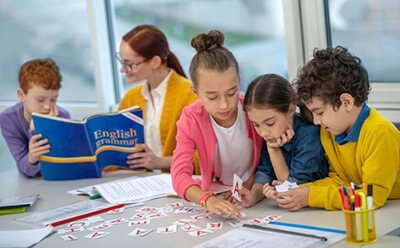



 just saying “Well done!” to another student, I should be marvelling at the level of difficulty s/he was able to handle on that challenging problem of calculating time between cities, based on their latitude;
just saying “Well done!” to another student, I should be marvelling at the level of difficulty s/he was able to handle on that challenging problem of calculating time between cities, based on their latitude;


















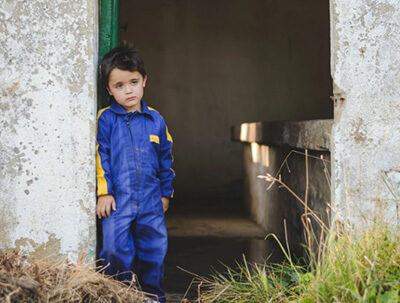
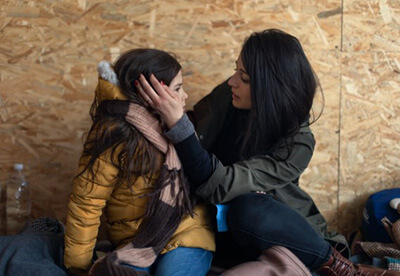

 Sharing with Caring. New age kids freely post things online, but some posts could be hurtful to others and even dangerous. Talk to your kids that videos, images, and websites can cause strong reactions in people who are affected in conflict and war situations. Create a family / school culture of NOT forwarding or sharing anything related to violence (no matter how dramatic or exciting it may seem). If they want to post or repost something about a conflict that’s not related to violence, they should seek your guidance and approval first.
Sharing with Caring. New age kids freely post things online, but some posts could be hurtful to others and even dangerous. Talk to your kids that videos, images, and websites can cause strong reactions in people who are affected in conflict and war situations. Create a family / school culture of NOT forwarding or sharing anything related to violence (no matter how dramatic or exciting it may seem). If they want to post or repost something about a conflict that’s not related to violence, they should seek your guidance and approval first. Pathways for good information. To give kids a break from situations of news and views about conflict and war, bookmark some sites where they can find good news that’s right for their age – like GK trivia, or new technology in cars / bikes / rockets, or what’s trending in music and fashion!
Pathways for good information. To give kids a break from situations of news and views about conflict and war, bookmark some sites where they can find good news that’s right for their age – like GK trivia, or new technology in cars / bikes / rockets, or what’s trending in music and fashion!


